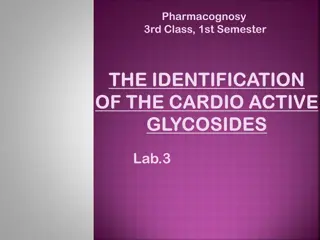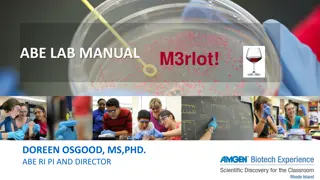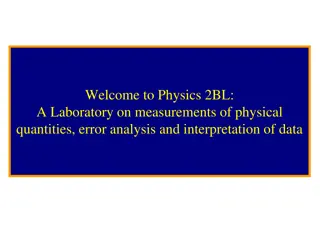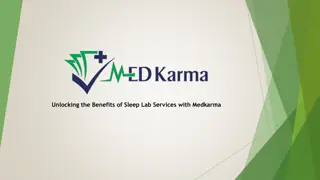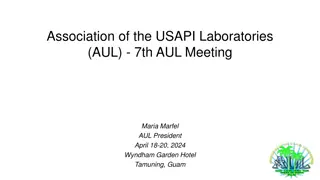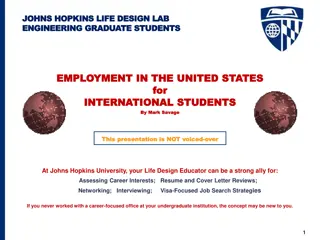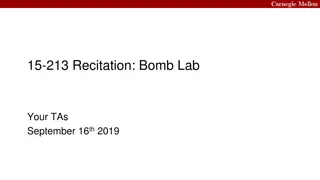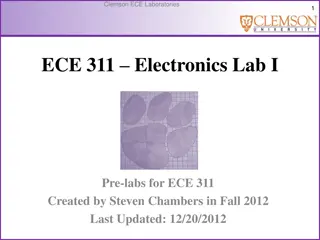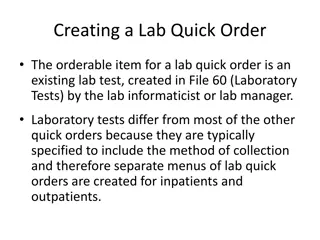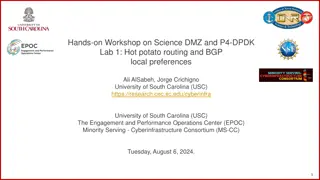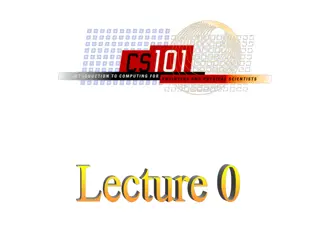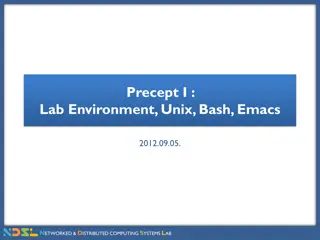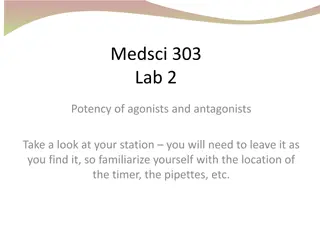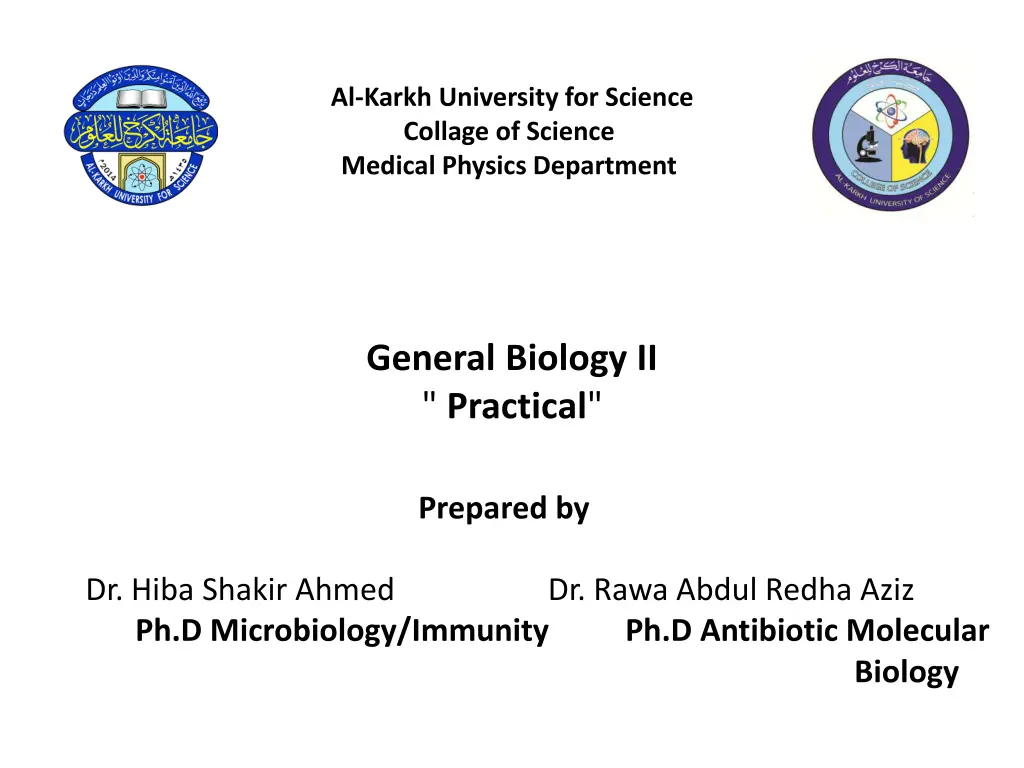
DNA Extraction by Boiling in Bacterial Molecular Biology
The practice of heating bacterial material for DNA extraction purposes, such as boiling, is a widely used and effective method in molecular biology. This article discusses the use of heat in extracting bacterial DNA, its effects on cell walls and membranes, as well as the suitability of the extracted DNA for molecular techniques like PCR and DNA sequencing. Various techniques, advantages, and applications of heat-based DNA extraction in bacteriology are explored.
Download Presentation

Please find below an Image/Link to download the presentation.
The content on the website is provided AS IS for your information and personal use only. It may not be sold, licensed, or shared on other websites without obtaining consent from the author. If you encounter any issues during the download, it is possible that the publisher has removed the file from their server.
You are allowed to download the files provided on this website for personal or commercial use, subject to the condition that they are used lawfully. All files are the property of their respective owners.
The content on the website is provided AS IS for your information and personal use only. It may not be sold, licensed, or shared on other websites without obtaining consent from the author.
E N D
Presentation Transcript
Al-Karkh University for Science Collage of Science Medical Physics Department General Biology II " Practical" Prepared by Dr. Hiba Shakir Ahmed Dr. Rawa Abdul Redha Aziz Ph.D Microbiology/Immunity Ph.D Antibiotic Molecular Biology
DNA extraction by boiling LAB ((4))
DNA extraction by boiling The science of molecular biology has become an integral part of all medical research fields including bacteriology. Techniques including 1- polymerase chain reaction (PCR), 2- restriction fragment length polymorphism hybridization techniques and DNA sequencing are being extensively used in identification and classification of different (RFLP),3-
bacterial species and subspecies. In fact, many bacterial strains are now classified based solely on molecular characteristics. Molecular techniques in bacteriology usually start with bacterial DNA extraction and purification. A large number of DNA extraction methods (performed manually or by automation) have been and are still being developed, each of which has its own advantages and disadvantages.two very simple methods that may be used to extract bacterial DNA using heat only in a very simple manner. Using heat for bacterial DNA extraction is not new. High temperature exposure is known to cause damage to cell membranes and cell walls. The reporte explained that heating at 94 C for two minutes was enough to denature cell walls. Low temperatures were also observed to destroy cell walls and membranes. Freezing induces crystallization of water inside cells which leads to destruction of cytoplasmic structures.
In fact, some researchers used cycles of freezing and thawing to obtain bacterial DNA. In practice, heating bacterial material for DNA extraction purposes was performed by boiling in a water bath or on hot blocks, or using microwave ovens. Microwaves can cause many different biological effects; these are mainly due to the heating process (thermal effects) but there are also athermal effects on cellular material,which were thought to be due to acceleration and collision of ions with other molecules, partitioning of ions, or altering the polarity of molecules in alternating electric fields. The use of heat has been improved in two simplified ways to extract DNA from bacteria. To assess the suitability of the extracted DNA for performing molecular biology techniques, the extracted bacterial DNA was processed by 1- polymerase chain reaction (PCR), 2- restriction polymorphism (RFLP) and 3- DNA sequencing. fragment length
Methods for DNA extraction the presented methods (heat- treatment of bacteria) are very simple, cheap, quick and successful methods for DNA extraction from bacteria in order to be used directly in molecular techniques, yielding excellent results as other more complicated methods for DNA extraction and purification. This method may probably encourage trying the procedure on other types of biological specimens such as whole blood, culture cells, body fluids and hair. 1- In the first method, two colonies of overnight growth bacteria were used.
The colonies were put in a test tube containing one ml of distilled water and boiled for 10 minutes in a water bath, then were centrifuged for five minutes at 1000 rpm. Five microliters of the supernatant were used for the PCR. 2- The second method was based on using a National microwave oven (Matsushita Electric Industrial Company, Japan) to heat the bacterial colonies (two colonies dissolved in 500 l distilled water) for 10 seconds, followed by centrifugation for two minutes at 1000 rpm. Similarly, 5 l of the supernatant were used for the PCR.

